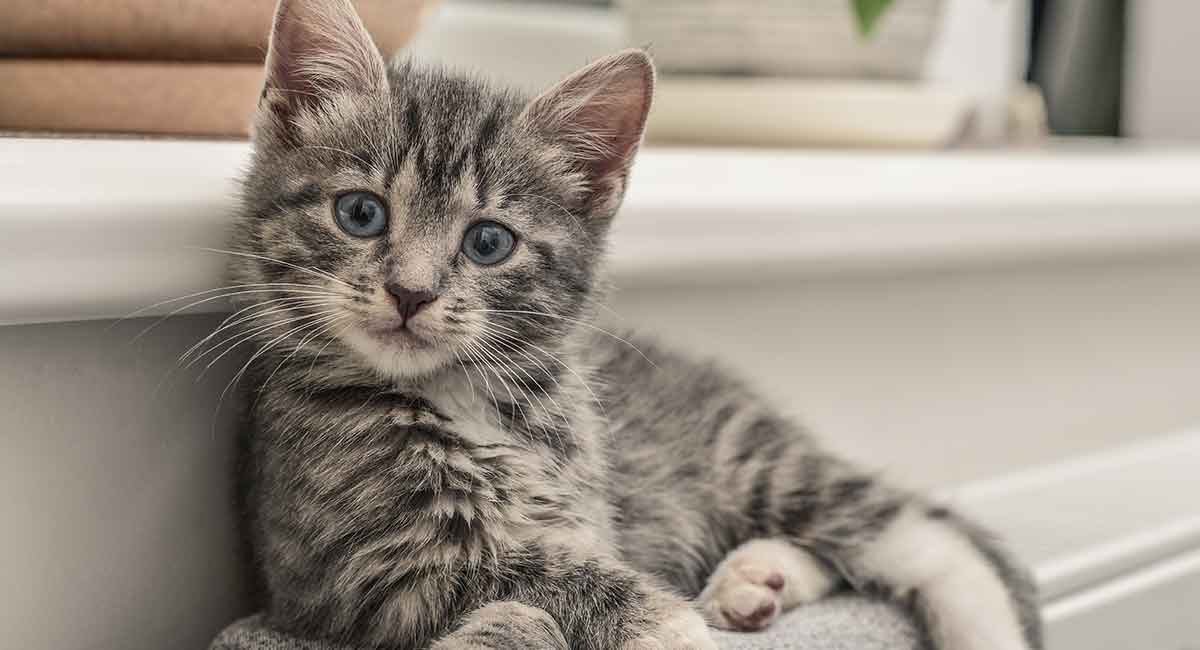Tabby cats are found to be more distinct from other cats because their personalities are more like dogs. Tabbies, for short, love to play and explore. They can even play fetch with their humans, which is pretty intelligent for felines. They are also amusing and affectionate, making them excellent companions. Grey tabby cats, in particular, also have distinct characteristics, among other tabbies.
What Tabby Cats are NOT
Before we go on elaborating about grey tabby cats, we’ll have to clarify one thing about tabbies in general. Namely, the fact that tabbies are NOT a particular breed of cat. Rather, tabby pertains to a coat pattern.
The tabby gene is pretty dominant compared to solid or bi-color coat patterns. As such, you will be able to find the tabby pattern in all domestic cats. This tabby pattern also comes in different variations – stripes, spots, ticks, and swirls. There are also different colors: silver, ginger or orange, grey, and red. As mentioned above, for this post, we’ll talk about the grey tabby cats.
What’s Interesting about Grey Tabby Cats
Eye Colors and Paws
One of the first things you’ll notice is that a grey tabby can have different eye colors. More so, on their paws, you’ll see either brick red or grey pads.
Genes
Unlike orange tabbies, grey tabby cats are pretty standard in both sexes.
Further, since the tabby pattern is a dominant trait, it can be seen in many different cat breeds. It is an excellent camouflage for felines. Predator cats such as the lynx, sand cat, Pallas’ cat, and Scottish wild cat can look like innocent and domestic.
Great Companions
Although there are predator cat breeds that have a tabby coat, the majority of tabbies are still domestic and friendly.
Despite their breed, tabbies, in general, are warm, affectionate, and love human contact. However, grey tabbies, in particular, are found to be quite lazy. They would refuse to do things that will require much effort from their part. As such, they are perfect for cat owners who prefer slow and relaxed days.
Word of Caution
Grey tabby cats are a great addition to your home. They will naturally love you without asking anything much. Also, you won’t be expected to play with them outdoors or even indoors.
However, since they are the quiet tabbies, you have to be intentional in regulating their diet. Otherwise, their lack of exercise may result in obesity or other health issues.







